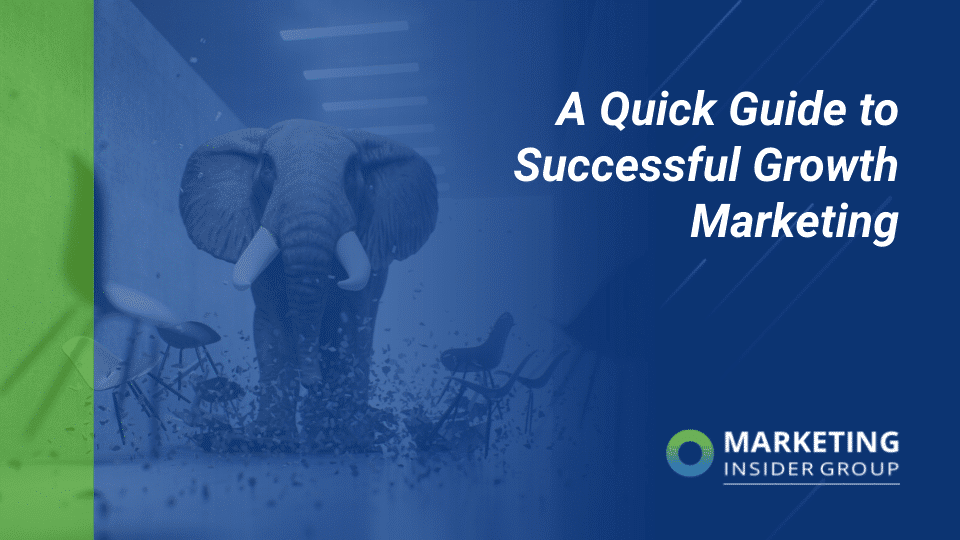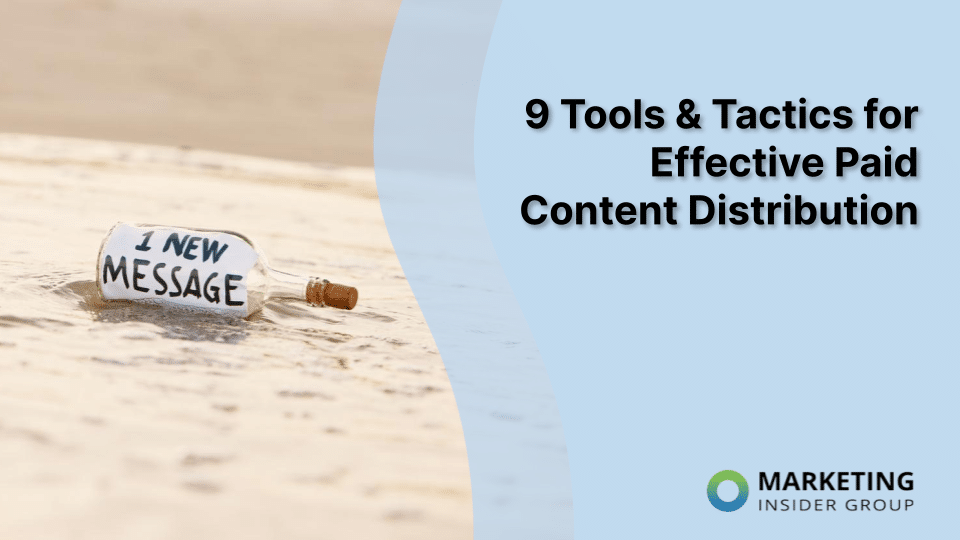
Quick Guide to Email Newsletter Distribution
An email newsletter is a tremendously valuable distribution outlet many brands overlook. Often times, they get focused on distributing through social and paid resources, forgetting that the option of showing up in their customers’ or prospects’ inboxes on a regular basis is still an option. Below is a break down of everything you need to know to get started to put an email newsletter distribution strategy in place.
WHY AN EMAIL NEWSLETTER?
1. Cost-effective
Implementing an email newsletter is pretty cheap compared to other distribution strategies. For brands just getting started, MailChimp’s entrepreneur package allows you to send up to 12,000 emails per month absolutely free if you have fewer than 2,000 subscribers. The cost after that grows minimally, but if you have over 2,000 subscribers, your newsletter strategy is on the right track.
2. Re-purposes evergreen content
According to content marketing expert, Michael Brenner, 60-70% of B2B marketing content goes unused. An email newsletter gives old content a new purpose and resurfaces it to your audience.
3. Provides instantaneous analytics
Any email marketing software will give you instantaneous analytics necessary to measure the success of your strategy. Conversion rates, click rates, unique open rates, bounces and unsubscribes are among the key performance indicators you should be tracking.
4. Provides higher response rate
Rarely people subscribe to brands in which they’re uninterested. If someone is signing up to subscribe to your email newsletter, they’re interested in what you have to say and will be receptive to your content. If you see your unsubscribe rate increasing, you’ll know you aren’t providing the content your audience wants and will need to tweak your strategy.
STEPS TO CREATING AN EMAIL NEWSLETTER STRATEGY
1. Define your audience
Determining whom your audience is sounds like an obvious step, but it is important to take time to consider, since it serves as the foundation for your strategy. Do you want to target prospects or customers or both? These are both important audiences, but depending on your industry, the messaging can be very different.
2. Determine your content
This is probably the most import aspect to consider. Ask yourself, “What questions do my customers or prospects have, and how can I answer them?” Are they looking for best practices? Are they looking for industry news and events? Providing content that answers your audience’s questions will be engaging and resonate best.
3. Determine sending frequency and goals
How often does your audience want to hear from you? Daily? Weekly? Monthly? There’s no right or wrong answer, it all depends on your industry. If you’re not sure, try some A/B testing and see what performs best. If you’re not sure how often you can commit, start small and grow over time. Consistency is more important than frequency, so regardless of how often you send, be sure you do so on a regular basis.
4. Make a schedule
We always preach about the importance of having a documented content strategy, and an email newsletter strategy is no different. Whatever you decide, document and commit to your schedule.
EMAIL NEWSLETTER BEST PRACTICES
1. Treat your subscribers like VIPs
People who subscribe to your newsletter are giving you permission to their inboxes. Honor this privilege and give them access to special benefits as subscribers.
2. Provide value
Think about which emails you open and which you delete right away. You don’t open an email that isn’t useful to you in some way. Make sure your newsletters are giving your subscribers something they don’t already have (or are getting somewhere else).
3. Show some personality
Just because you may work in a traditionally stuffy industry, doesn’t mean your newsletter has to be boring. No one wants to read a dry newsletter that drags on and on… Inject some personality. One of my personal favorite newsletters is The Skimm, which gives you daily news in real-talk language. Try to write the same way you’d speak to your customers.
4. Keep it short
Get to the point. Make it easy for your readers to scan quickly, if they need to.
This post originally appeared on liz.bedor.com
Photo source: flickr
Are you interested in engaging and converting new customer for your business? Contact me here and let’s talk about how we can help.






